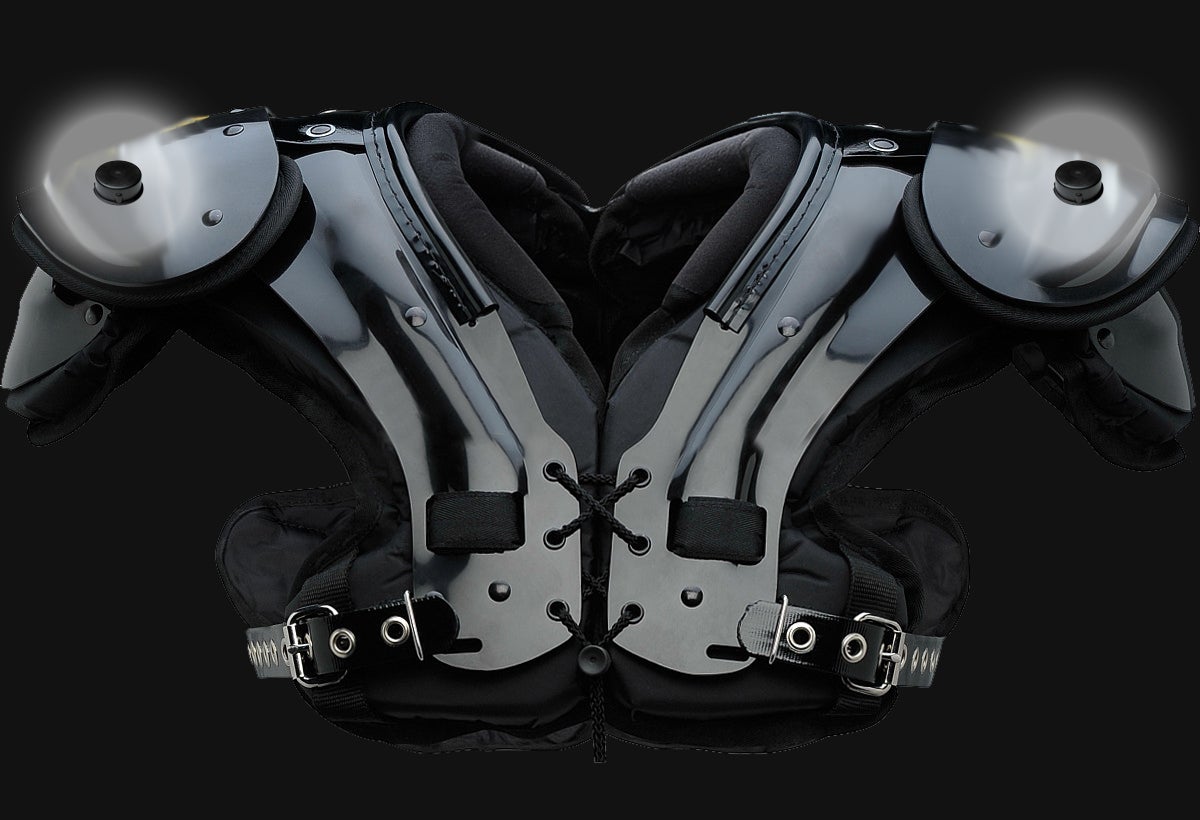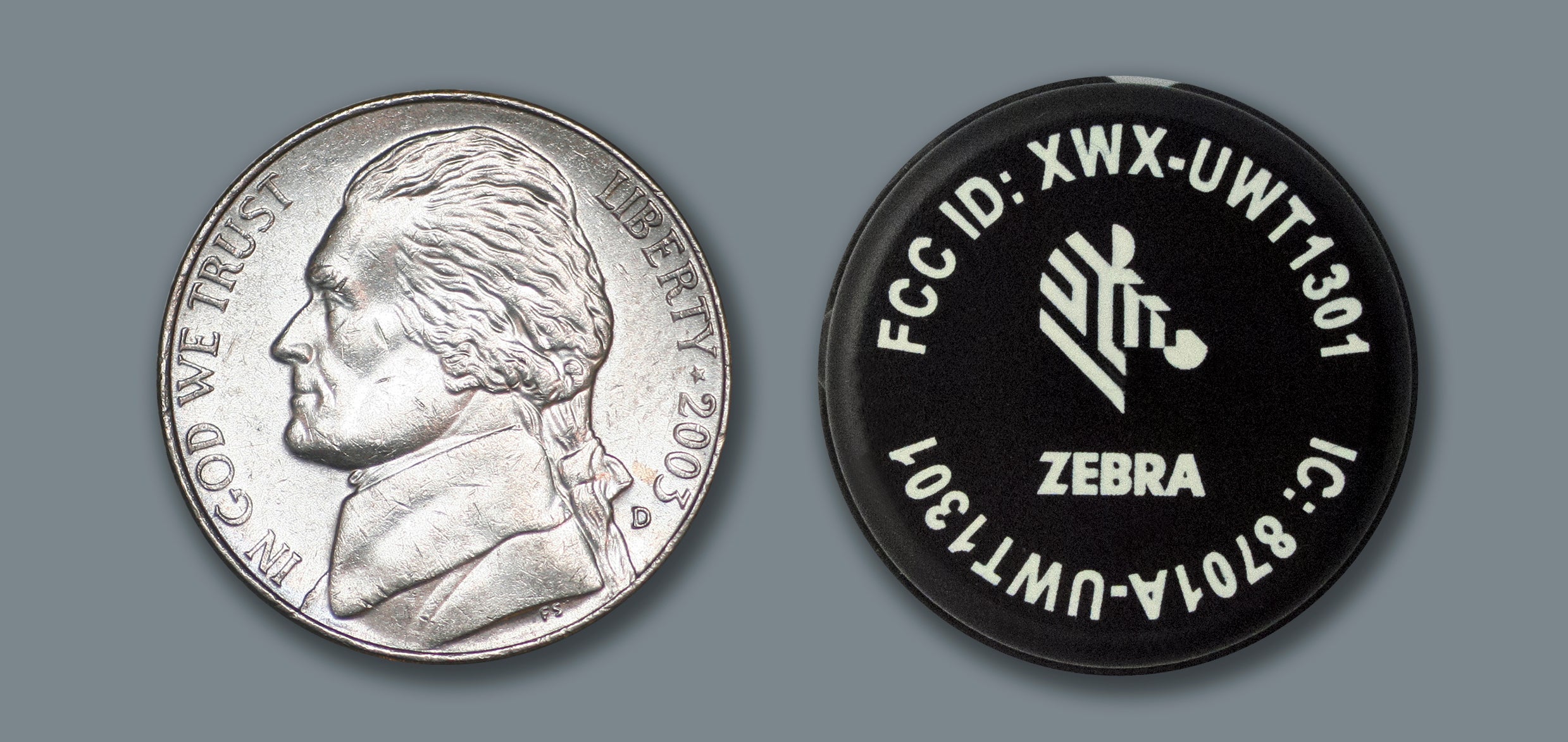
It’s been 12 years since the first time a National Football League (NFL) game took place on British soil. Back in 2007 when NFL London began, the technology used to capture gameplay was pretty basic, high-definition video had only just entered the sport and if you wanted to know how far a player actually ran during a drive – well, you just had to guess.
Fast-forward to 2019. In Wembley Stadium, technology has transformed what was a predominately physical sport, into a sophisticated, data-driven phenomenon. As the official on-field player-tracking provider for the NFL, Zebra Technologies plays a key role in collecting that data and turning into usable metrics that the League can package and sell on to interested parties.
Zebra has been working with the NFL for over five years, and recently extended its agreement beyond the 2018 season to 2021. Over those years, Zebra has developed new and innovative ways to track players using its MotionWorks sport tracking system. It’s a technological transformation that is relatively undetectable for spectators, but for those in the know, the statistical information it garners is priceless.
On track: RFID and the NFL
Given the focus on physical prowess, you’d be forgiven if data collection wasn’t the first thing that came to mind in connection to the NFL. But the reality is that technology, and the data gathered using it, has become a central part of the sport.
Collecting all of this information requires a sophisticated system that operates seamlessly alongside the physical game. To facilitate location tracking, Zebra equips each player with two RFID tags – one in each shoulder pad – which are accurate within approximately six inches. These tags transmit real-time data to receivers located around the stadium, so Zebra can record how player perform throughout the game.
While this raw data can provide unprecedented insight into how particular players behave on the pitch, it lacks context. So, from their position in the stands, Zebra’s team meticulously record each play and event that takes place on the field.
“Now we have that contextual information to know exactly what’s happening in every play,” said John Bacon director of operations, NFL’s Next Gen Stats. “So, now we know that in a play, a running back may have travelled this distance, but it’s between the snap of the ball and end of the whistle.”
It’s not just players that have been fitted with RFID tags. Following a collaboration with Wilson Sporting Goods – the official manufacturer of NFL footballs – Zebra can also track the football. The tag itself accounts for 1% of the balls weight so it doesn’t impede flight integrity, but the impact of this in-built tag is significant when it comes to the future of the NFL.
The information Zebra collects from each game has significant implications for coaching staff, players, broadcasters and fans. From the RFID tags, Zebra can provide customers with insights into how each individual player moves; how fast they travel during a tackle; how far they run during a pass play. That’s a lot of information that was previously unobtainable for interested stakeholders.
Delivering consistent results is a core challenge for Zebra, particularly with the first game taking place in the NFL’s new London home. The £1bn new Tottenham Hotspur Stadium is a powerhouse of technology, and as the permanent home of NFL London it was important that the tech used to track game play was consistent with games played in other locations.
“One of the things the NFL wanted to ensure is that a player travelling at 19 miles an hour here is going to be the same 19 miles an hour over the same distance in every other stadium,” said Bacon. “So when they look at a dataset the next day after the game, they cannot tell which venue it’s played in. It’s that consistent.”

Turning stats into spectacles
So, how is this new wealth of information being used? Alongside providing the NFL with data for its Next Gen Stats platform, Zebra also works with individual teams. Following each game, both teams can access the data collected from the pitch. As Bacon explained during the LA Rams vs. Cincinnati Bengals match in London, teams can use this information to inform future strategies and training programmes.
“By tomorrow morning, both teams will have all of today’s data from the game. They can compare that to anything that they’ve been seeing in practice as well, to understand ‘Hey, as we prepare for next week’s game, what different decisions do we want to make, or how do we want to change the scheme up?”
Broadcast networks also reap the benefits of Zebra’s player insights. NFL games are well known for having multiple breaks during a game, and TV networks have to find entertaining ways to keep fans engaged while the clock has been stopped. Data offers them a clever way to do this. Using location tracking data broadcasters can transform interesting statistics and facts into shiny infographics that can add depth and insight for fans.
“Whether it’s a you know, fan in any city in the country, or continent or world really, or broadcast trucks here, feeding it to the TV on air graphics, we can deliver that in a timely enough manner for them to be able to incorporate it real time for playback,” said Bacon.
Cross industry inspiration
During this pre-season, Zebra will tag 2,880 players as well as the officials, and nearly 1,700 players during the regular season. It’s a slick and well oiled system. And it should be, given that the technology Zebra uses to track players is the same tech being used in factories, warehouses and retail stores to track and trace business operations.
“That small window that a player has to throw that ball in, it’s the same challenge when you’re looking at trying to optimise a warehouse,” explains Zebra’s EMEA CTO & director of user experience James Morley-Smith. “If you think about trying to get a parcel delivered to you within two hours, how optimised has that supply chain got to be?”
Given this cross industry inspiration, it’s not surprising that a growing number of NFL clubs are looking to expand their use of RFID technology beyond game day to gain valuable insight into player performance throughout the practice week. When put together with game data, this additional practice data gives teams a better idea of how a player is performing over time, and where changes could be most successfully applied to improve performance when it is most needed.
With Zebra now providing all NFL teams with access to league-wide, 11-on-11 data from each game, statistical information and analytical research have become a much more important part of the sport. And as fans feel the spark of watching live sport from the stands, for Zebra, it is data that lights up game play and heightens the stakes for all involved.
Read more: Football and 5G: Connecting the beautiful game







